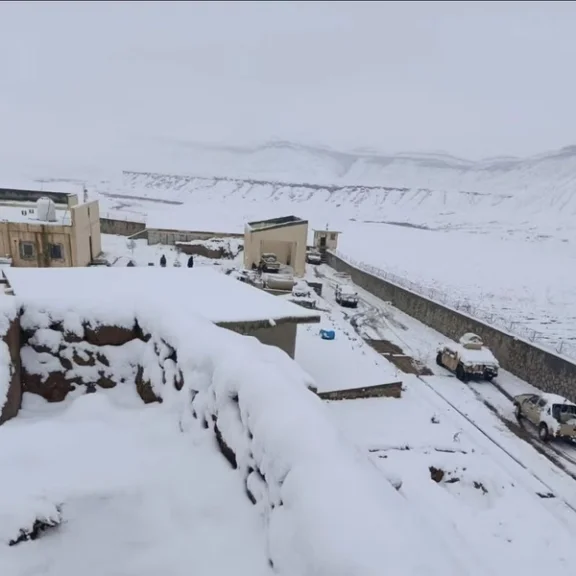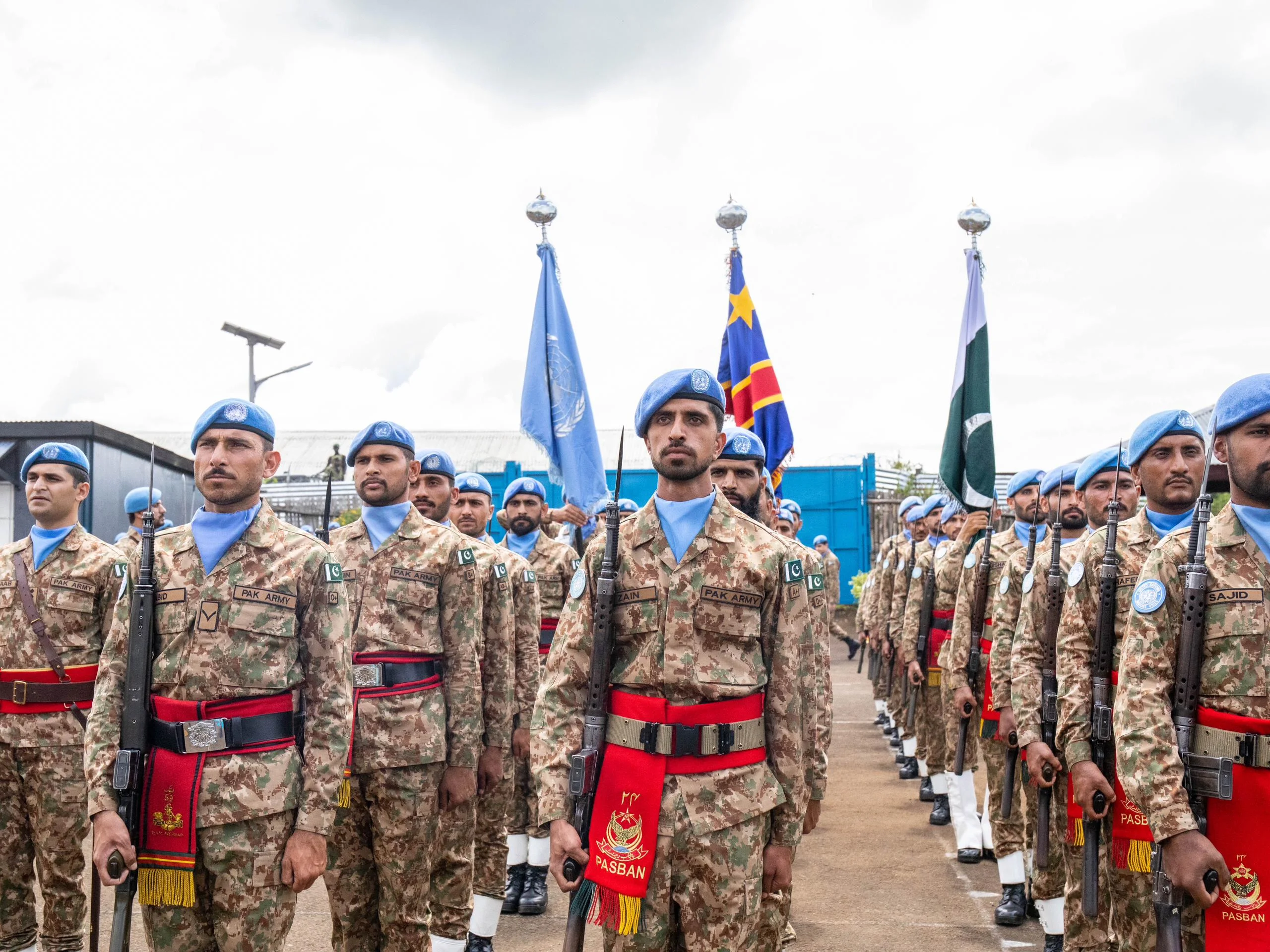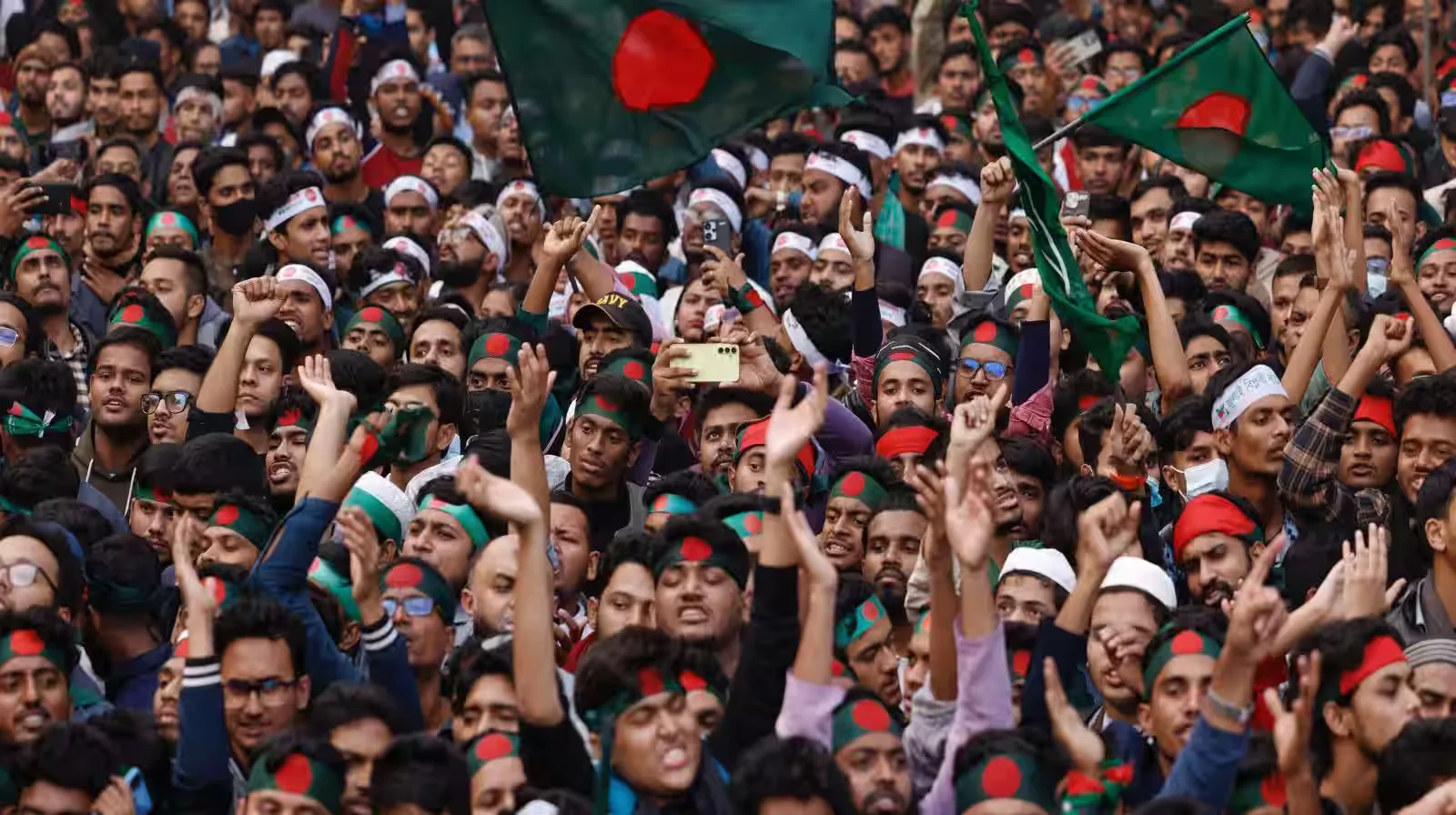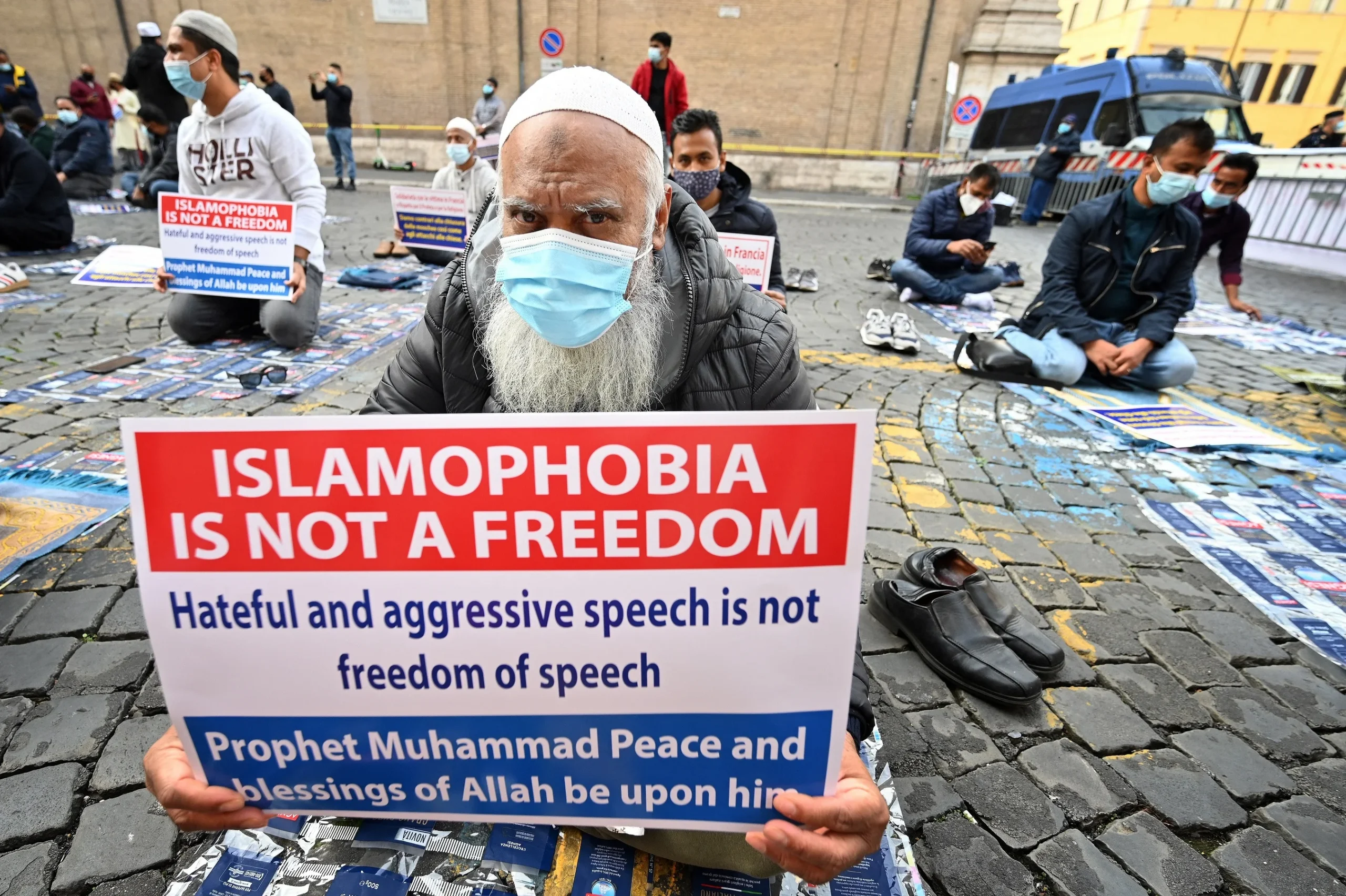Announced at the G20 Summit in New Delhi on September 9, 2023, the India-Middle East-Europe Economic Corridor (IMEC) has been hailed as a transformative geopolitical and economic initiative. Backed by India, the United States, Saudi Arabia, the United Arab Emirates (UAE), and the European Union, IMEC promises to reshape global trade routes, counterbalance China’s $1 trillion Belt and Road Initiative (BRI), and deepen connectivity between Asia, the Middle East, and Europe. However, while some view it as a game-changing economic corridor, others argue that its feasibility is riddled with uncertainties and dismiss it as a mere myth.
High Hopes, Long Roads: What IMEC Aims to Achieve
The IMEC is a 4,800-kilometer multimodal transportation trade route that connects India to Europe via the Middle East. The corridor consists of two main segments: the Eastern Corridor, linking India to the Gulf, and the Northern Corridor, connecting the Gulf to Europe. The IMEC encompasses countries representing almost 40 percent of the global population and contributing roughly 50 percent of the world’s GDP.
The IMEC’s primary objective is to increase trade connectivity, shorten transit times by up to 40 percent compared to traditional maritime routes via the Suez Canal, export clean energy, and enhance access to reliable electricity for sustainable and inclusive economic growth. The corridor is expected to create an economical cross-border ship-to-rail transit network, including rail connectivity, shipping lines, high-speed data cables, and energy pipelines, to complement existing maritime and road routes.
IMEC is significant not just from an infrastructure and connectivity perspective but also from a geopolitical standpoint. This project offers a strategic alternative to China’s BRI, which has been perceived as a tool for exerting influence and creating debt traps in developing nations. IMEC also consolidates India’s engagement with the Arabian Peninsula, particularly with the UAE and Saudi Arabia, which have been diversifying their economic partnerships amid shifting global alliances.
IMEC vs. BRI: A Tale of Two Trade Routes
The IMEC and BRI are two ambitious initiatives designed to promote economic development and integration across multiple regions. While both projects share similar goals, their approach and execution differ significantly.
One of the main differences between IMEC and BRI lies in their strategic planning and funding mechanisms. The BRI is a centralized, state-driven initiative primarily financed by Chinese state-owned banks, raising concerns about debt sustainability and Beijing’s geopolitical leverage over recipient nations. In contrast, IMEC is structured as a decentralized, collaborative effort involving multiple stakeholders, with funding expected from a mix of public and private sources, including sovereign wealth funds, multilateral banks, and private investments.
This decentralized strategy allows for greater flexibility, enabling member states to tailor project activities to their specific needs and priorities. A key distinction is transparency—while the BRI has been criticized for opaque lending practices, IMEC partners, including the U.S. and EU, have emphasized adherence to global infrastructure standards and governance norms.
Moreover, the BRI has faced criticism for overextending Chinese financial resources—with nearly $78 billion in BRI-related debt restructurings between 2020 and 2023, according to AidData. IMEC’s diversified funding model could mitigate such risks by reducing financial dependency on any single entity.
Also See: CPEC 2.0: A Strategic Pivot for Pakistan
A Corridor of Challenges: Can IMEC Deliver on Its Promises?
Despite its ambitious goals, IMEC faces numerous challenges, particularly in terms of infrastructure development, financing, and geopolitical tensions.
A major obstacle is the non-binding nature of the Memorandum of Understanding (MoU) signed by IMEC stakeholders. While the announcement at the G20 summit showcased political intent, actual implementation hinges on securing financial commitments, regulatory harmonization, and overcoming logistical bottlenecks.
The ongoing Israel-Hamas conflict and heightened tensions in the Red Sea, where Iran-backed Houthis have disrupted shipping lanes, pose a significant risk to IMEC’s stability. Unlike China’s BRI, which has largely avoided active conflict zones, IMEC passes through politically sensitive regions, requiring robust diplomatic coordination.
Additionally, while China can mobilize higher levels of investment than the G7 nations due to its state-controlled financing model, IMEC relies on private-sector participation, which may slow down decision-making and capital allocation. The reliance on multiple regulatory frameworks across different sovereign nations further complicates implementation.
China’s extensive investments in Middle Eastern infrastructure—including $10 billion in Saudi Arabia’s energy sector and a 25-year strategic agreement with Iran— suggest that Beijing will not passively accept IMEC’s encroachment into its perceived sphere of influence. Beijing may respond with countermeasures, such as expanding its partnerships with Turkey and Iran, or leveraging economic dependencies through its Middle East investments.
Pakistan and IMEC: A By-Passed Nation or a Strategic Pivot?
For Pakistan, IMEC presents both challenges and opportunities. The corridor’s deliberate exclusion of Pakistan signals certain bloc alignments. Pakistan’s exports to Europe and North Africa, which account for around 24 percent of its total exports, may face increased competition from IMEC-facilitated trade.
Strategically, IMEC could undermine Pakistan’s position within the China-Pakistan Economic Corridor (CPEC), a $62 billion flagship BRI project. Pakistan’s close economic ties with China make it unlikely to engage with IMEC without repercussions. Moreover, IMEC’s strengthening of India’s connectivity with Gulf nations raises geopolitical concerns for Islamabad.
However, Pakistan could counterbalance IMEC’s impact by strengthening trade ties with Iran and Turkey. Reviving the Regional Cooperation for Development (RCD), a dormant trade initiative among Pakistan, Iran, and Turkey, could provide an alternative land route to Europe, reducing reliance on sea trade.
IMEC’s Future: A Geopolitical Shift or Just Diplomatic Posturing?
The India-Middle East-Europe Corridor (IMEC) has been hailed as a game-changing trade route designed to counter China’s Belt and Road Initiative (BRI). However, beyond the G20 announcement and diplomatic rhetoric, IMEC remains largely conceptual, with no clear financing mechanism, binding commitments, or concrete implementation roadmap. Unlike BRI, which has already established extensive infrastructure across continents, IMEC is still in its infancy, dependent on cooperation among countries with competing economic and strategic priorities.
For Pakistan, not being part of IMEC is less about exclusion and more about evolving geopolitical alignments. The corridor’s design reflects the deepening economic ties between India, key Gulf states—especially Saudi Arabia and the UAE—and Western powers like the U.S. and the EU. This shift does not immediately disrupt Pakistan’s trade routes but signals a broader regional realignment that could impact Islamabad’s long-term strategic positioning.
However, IMEC does not diminish the relevance of CPEC. Instead, it presents Pakistan with an opportunity to reinforce its economic standing by enhancing alternative trade corridors. Rather than perceiving IMEC as a direct challenge, Islamabad should focus on deepening connectivity with Iran, Turkey, and Central Asia, revitalizing regional initiatives like the Economic Cooperation Organization (ECO), and leveraging Gwadar as a vital trade hub.
Pakistan’s real challenge lies in managing its geopolitical balancing act. An over-reliance on China risks economic isolation from emerging Gulf-led trade networks, while direct engagement with IMEC could strain Pakistan’s strategic relationship with Beijing. The way forward requires a pragmatic approach—securing Middle Eastern investments, diversifying economic partnerships, and ensuring CPEC remains a strong pillar of its economic policy.
In a world where trade corridors increasingly define geopolitical influence, Pakistan’s ability to maneuver these shifts will determine whether it remains a key player in regional connectivity or risks being sidelined in the emerging global economic order.
The views expressed in this article are the author’s own. They do not necessarily reflect the editorial policy of the South Asia Times.

![IMEC, launched at the G20 Summit, aims to counter China’s BRI and enhance global trade. But can it deliver on its promises, or is it just diplomatic posturing? [Image via Press Information Bureau, Prime Minister's Office, Government of India]](https://southasiatimes.org/wp-content/uploads/2025/02/India-Middle_East-Europe_Economics_Corridor.webp)





